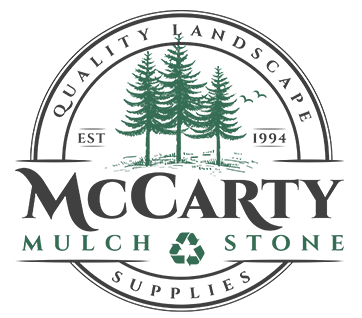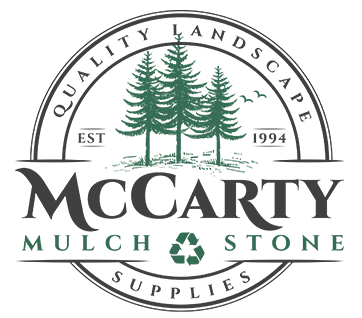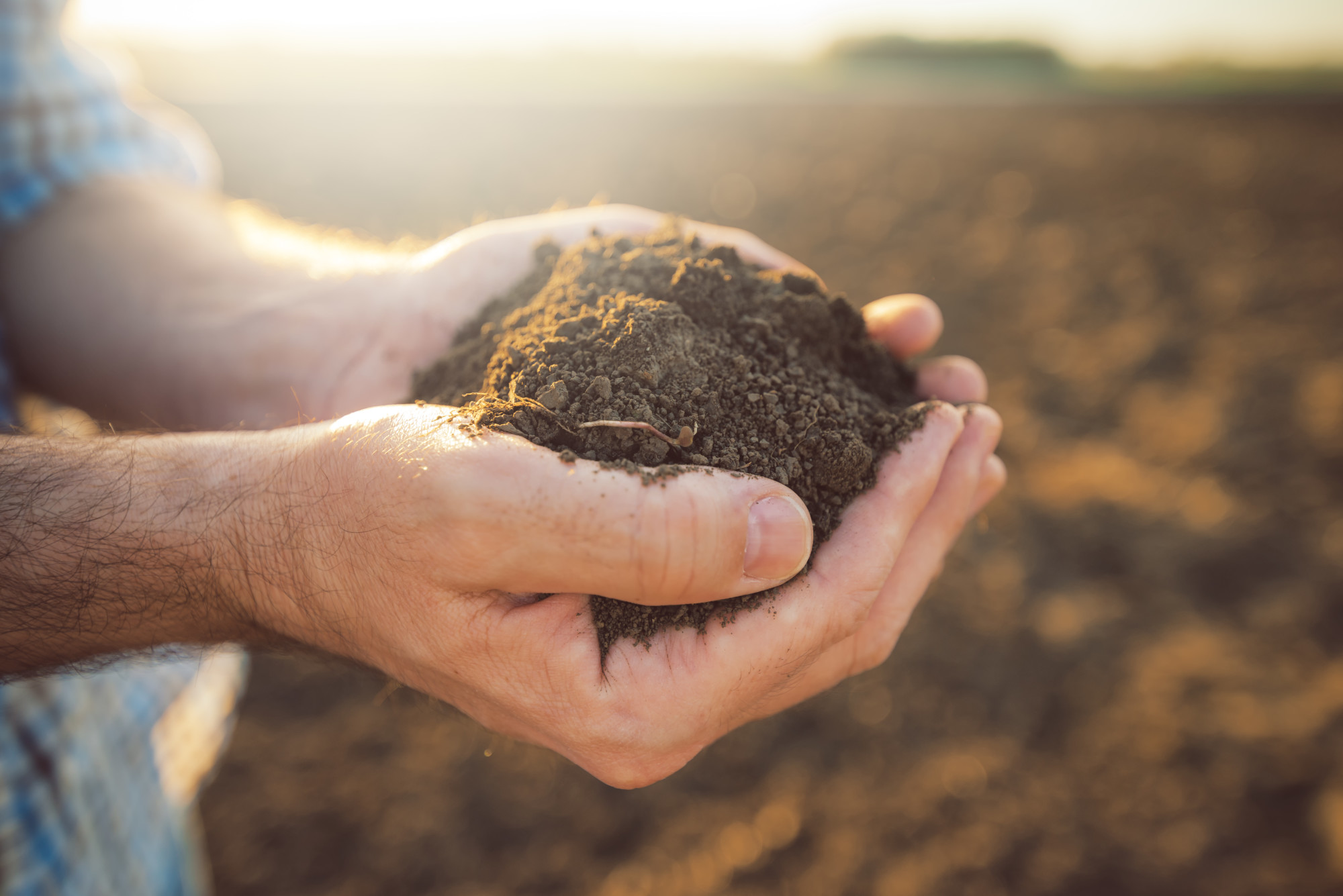The Ultimate Soil Guide
More and more Americans are creating luscious landscapes and gardens to benefit pollinators. Even if that isn’t your goal, having beautiful growth in your yard (or in your home) can be a great way to liven up a home. Choosing to garden and create a landscape around your home is the first step. After that, you have many other factors to consider, like which plants you want, the type of soil you need, and lighting requirements.
Are you interested in upgrading your soil to a type that matches your plants better? Are you a new gardener and want to be sure that your seedlings thrive? Learn more about garden and landscaping soil types and how to find the right one for your garden by reading below.
Different Types of Garden and Landscaping Soil
Before we dive into finding the right type of soil for your plants, we need to first discuss the available types of soil. You should also know that different soils can be combined to create your own soil.
There are probably more varieties than you know about. Determining the options will help you understand why certain plants desire certain types of soil over others.
Sand, clay, and silt all come from rock that has been broken down over a long period of time. The different amounts of these mineral particles in any soil will impact its texture and fertility. It also impacts how much water and air the soil can hold.
Because of these major differences across all soil types, some plants prefer soils with different concentrations of these mineral particles for optimal growth and health. Here are the soil products that we stock:
Blended Topsoil
Great for establishing new flower beds and general gardening! A fertile soil amendment containing a blend of pulverized topsoil and our quality garden compost. We can also mix to your specific specifications.
Compost
Soil Amendment! Horse and cow manure mixed with straw and sawdust and aged over 18 months, turned and screened to produce a fine black texture. Adds organic matter to the most clay-packed soils or enhances the growth of delicious vegetables and beautiful flowers. Tendency to be higher in pH, not recommended to plant directly into this product. Works best when tilled with the existing soil.
Pulverized Topsoil
Our topsoil is sourced directly from the farm fields close to the White River here in central Indiana. This material is screened and pulverized into easy-working soil, free of large clods and debris. This light brown-colored soil is great for creating a place to plant the landscape you have always dreamed of. Great for establishing landscape and grass. Always dry and under the roof at McCarty Mulch.
Ultra Soil
Rich in nutrients, high in organic matter content with a neutral pH. McCarty’s black potting soil is reed sedge-based peat topsoil composed of sphagnum peat moss and rich, black Northern Indiana topsoil. Rich in humus and has a high degree of water and nutrient retention capabilities, this black topsoil offers the absolute highest quality, black, rich product soil available. Can be used for new and established lawns, flower and vegetable gardens, planters and window boxes, roses, shrubs, trees, evergreens, etc.
Enhancing Your Soil: What Else Do You Need?
You can add things to your soil to make it match the plants’ needs more closely. Some of these additions might help with nutrition, moisture levels, or pH balances. Others may help with compaction, aerating the soil, or feeding levels.
Common things you can add to the soil to enhance it include:
- Sphagnum moss
- Gypsum
- Manure (composted or dehydrated)
- Sulfur
- Topsoil
- Garden soil
- Lime
- Vermiculite
All of these things will have different effects on the soil. As a result, you should research how anything you add to your current soil will impact its efficacy and ability to provide nutrition to your plants.
Finding Your Soil Type
Do you already have some plants? If so, it’s a good idea to determine what type of soil you are already using before you switch it up.
Most plants are going to grow best in soil that has a pH level of 6 or 7. With that being said, soil pH (acidity) can be anywhere from 0 to 14, and some plants will prefer numbers closer to either end of that spectrum.
You can measure the pH of your soil with a simple kit found online so that you can match your plant’s needs. If it’s too acidic or too alkaline, you can use some of the amendments mentioned above to try and correct it.
Because soils are a combination of clay, silt, and sand, there are some simple tests you can do to see which of these particles are most prominent in your soil.
One of them is called the ball test. Take a tablespoon of the soil and wet it. Roll this into a ball form.
If it packs together easily and can mold, the soil has many clay particles.
Does it fall apart instead of staying in its shape? It’s likely a mix of clay and sand.
Soil is very gritty and doesn’t hold; no matter what you do has a higher sand content.
Silt soil has many small particles in it. If you make the ball and it holds together but doesn’t feel gritty to the touch (like it would with a lot of sand or clay in it), it’s likely more of a silt soil.
Choosing Healthy Soil for Your Local Nursery
The best way to find the right garden and landscaping soil is to do research. There is information out there that will help you pick out the right type of soil for your climate, plant type, and more.
If you’re planning to put your plants in a raised bed or want to have potted plants, the type of soil you choose should be based on that decision as well.
You can always make changes to it with additions and amendments!
Are you looking for some great products to help make your garden your own? If so, be sure to check out our products today.




